Algorithms could increasingly influence human culture, even though we don’t have a good understanding of how they interact with us or each other.


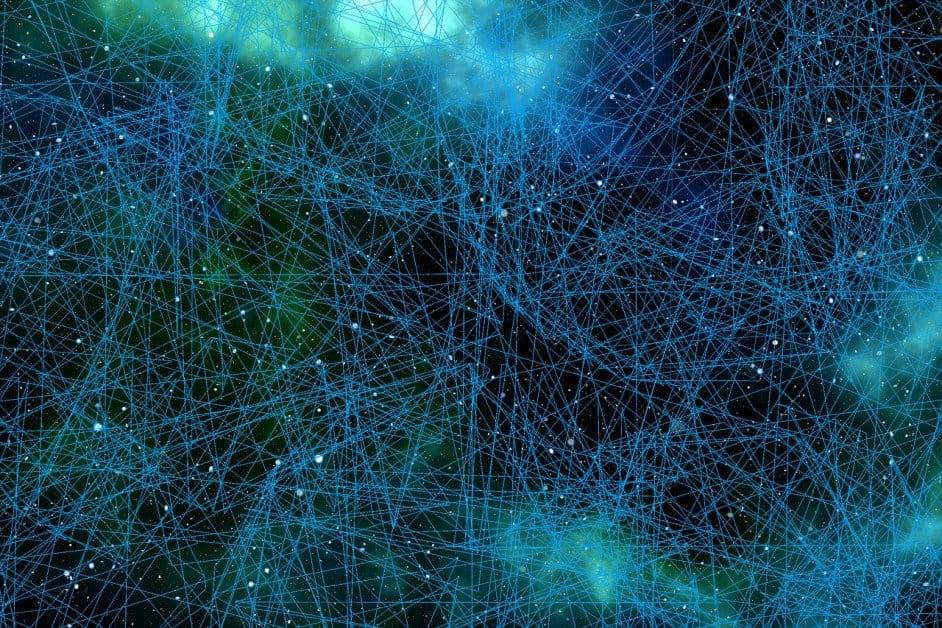
A team of researchers at the Human Brain Project (HBP) are working with Intel to advance neuromorphic technology and bring AI closer to the energy efficiency of the human brain. Neuromorphic technology is more energy efficient for large deep learning networks when compared to other AI systems.
Researchers in the HBP and Intel carried out a set of experiments demonstrating this efficiency. The experiments involved a new Intel chip that relies on neurons similar to those in the human brain. This was the first time that such results were demonstrated.
The research was published in Nature Machine Intelligence.
With this new way to travel in space, SpaceX will not have an issue to bring us to Mars faster than expected, can’t wait to see it happen.
The speed of light would be the final solution to a space industries’ big proble…
In the last part of this interview, Ian talks about the lack of a global legal / governance framework to deal with accelerating technologies.
At the World Economic Forum in Davos today, the president of Switzerland warned of a world in the throes of multiple crises. This also is the subject of a new book by political scientist Ian Bremmer. In “The Power of Crisis: How Three Threats – and Our Response – Will Change the World,” Bremmer looks at how we can better prepare for the global challenges ahead, as he explains to Walter Isaacson.
Originally aired on May 23, 2022
For more from Amanpour and Company, including full episodes, click here: https://to.pbs.org/2NBFpjf.
Like Amanpour and Company on Facebook: https://bit.ly/2HNx3EF
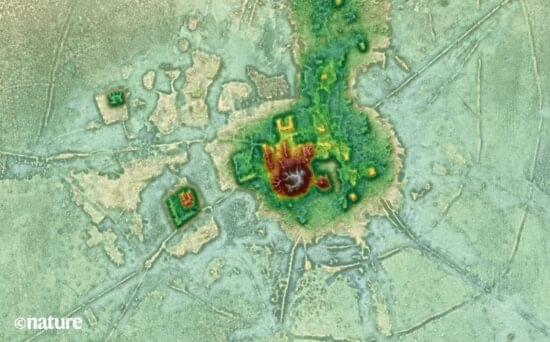

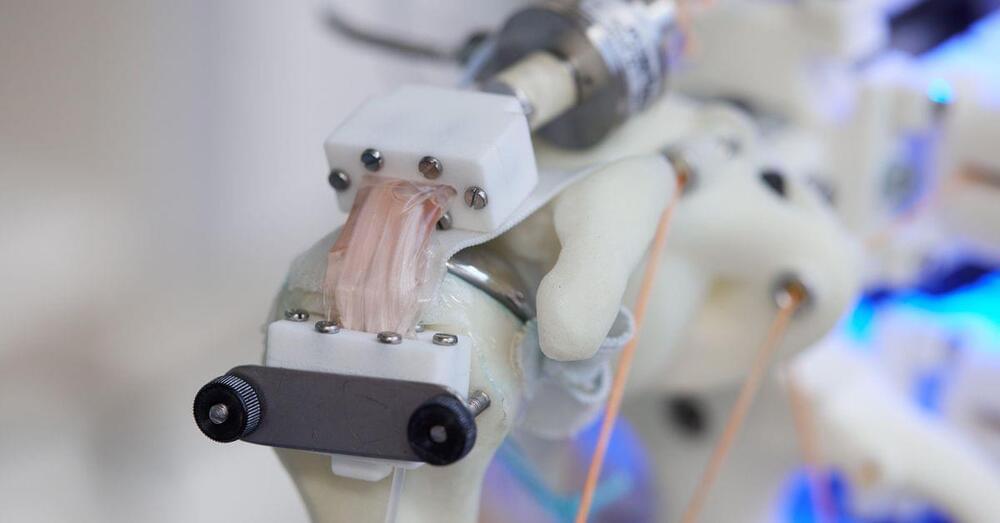
If you want to grow human cells, try to approximate a human body.
Scientist have grown human cells on a robot skeleton, hoping that by moving the skeleton they can better approximate the cells’ natural growing environment. The cells certainly grew, but it’s not clear yet if they would be any better for medical treatments.
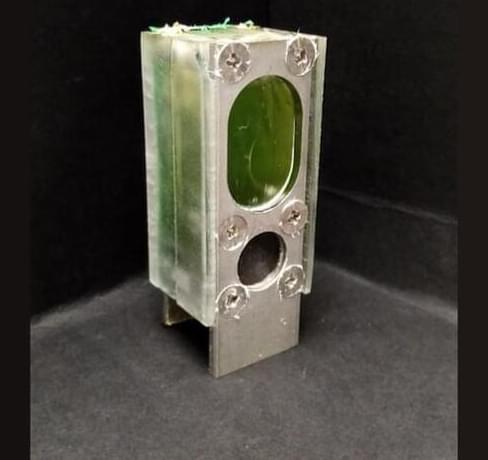
In addition to being a simple power source built from readily available parts and materials, the system runs day and night (in contrast with solar power). The algae, the team thinks, overproduces food during the day, so it continues to happily munch away, and produce electricity, through the night. Although the paper addresses their findings from just that first six-month period, their algae-powered-computer has now been running continuously for a year (and counting).
It’s a pretty nifty trick, but some scaling is probably in order. The system produces a tiny amount of current. The chip, an Arm Cortex M0+ commonly used in Internet of Things applications, sips just 0.3 microwatts an hour to perform very basic calculations. As The Verge notes, if your average laptop uses around 100 watts an hour, you’d need millions of these algae energy harvesters just to check your email or zone out in a Zoom meeting.
But the researchers aren’t targeting laptops. Rather, they believe future iterations would find a niche application powering the billions or trillions of simple sensors and chips making up the Internet of Things. These might take measurements of local conditions in remote locations, for example, or they might be able to charge a small device.
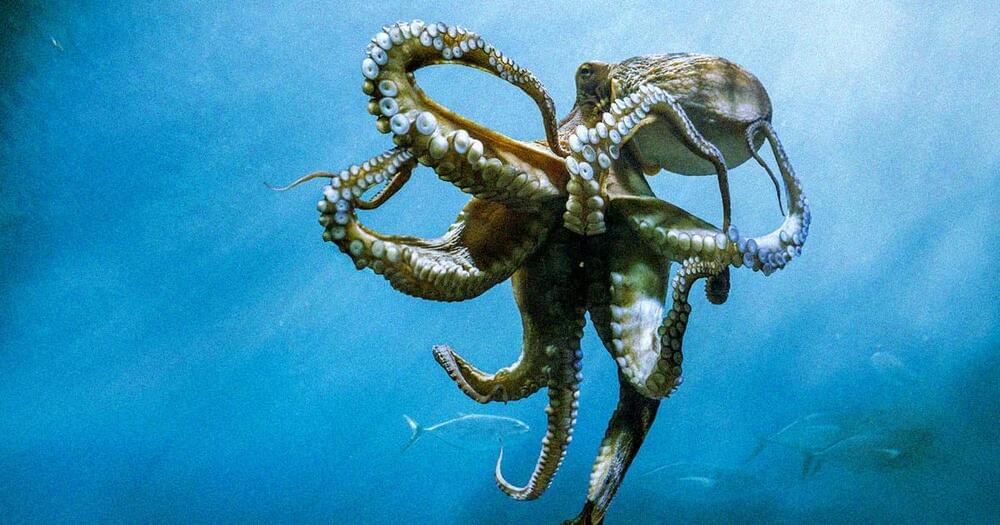
😃
The United Kingdom has confirmed what everybody who ugly cried during “My Octopus Teacher” already knew: Octopuses are sentient — capable, that is, of perceiving things like pain and pleasure.
The country is adding an amendment to its Animal Welfare Sentience Bill to recognize creatures such as octopus, crabs, squids, and lobsters along with “all other decapod crustaceans and cephalopod molluscs” as sentient creatures, according to a press release from the UK Department for Environment, Food & Rural Affairs. The bill aims to ensure animal sentience is taken into account when developing government policy, and as such could inform debates around animal rights and dietary choices.
“The science is now clear that decapods and cephalopods can feel pain and therefore it is only right they are covered by this vital piece of legislation,” Animal Welfare Minister Lord Zac Goldsmith said in the release.

Volcanic eruptions remind us that the inside of our planet isn’t exactly tranquil, but there’s plenty of completely unknown stuff happening beneath our feet.
ESA’s Swarm satellite mission has detected a completely new type of magnetic wave that sweeps across the outermost part of Earth’s outer core every seven years.
The finding could help us to understand more about Earth’s magnetic field, without which life as we know it could not exist.